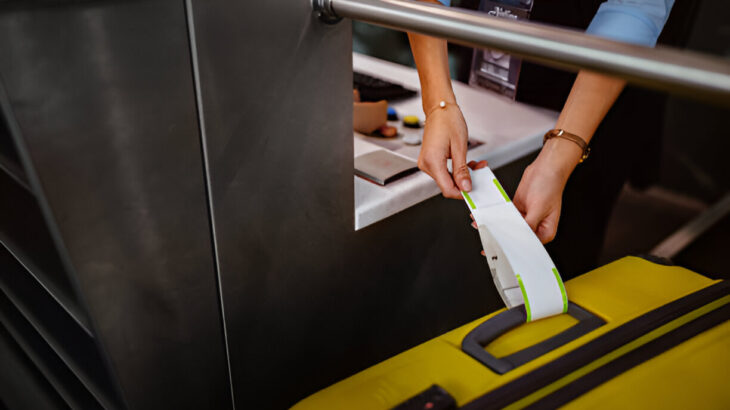As we become more aware of our planet’s health, many industries are finding ways to be more eco-friendly. The aviation industry is no exception! One important area where airlines can make a difference is in their Sustainability in Airline Labels. Let’s explore how airlines are using sustainable labels and why they matter.
What Are Airline Labels?
Airline labels are the tags and stickers you see in airports, on luggage, and inside airplanes. They provide important information, like your flight details or safety instructions. But labels can also have an impact on the environment, depending on how they are made.
Why Are Eco-Friendly Labels Important?
Using eco-friendly labels helps protect our planet in several ways:
- Reducing Waste: Traditional labels are often made from materials that aren’t recyclable or biodegradable. Eco-friendly labels are made from materials that break down naturally or can be recycled, which means less waste goes to landfills.
- Saving Resources: Eco-friendly labels are made using sustainable practices. This means using less water and energy during production, which helps save our natural resources.
- Lowering Carbon Footprint: The carbon footprint is the amount of carbon dioxide that is released into the air when products are made. Eco-friendly labels aim to reduce this footprint, helping to combat climate change.
Types of Eco-Friendly Labels
Airlines are using different kinds of eco-friendly labels to make a positive impact. Here are a few examples:
- Biodegradable Labels: These labels can break down naturally in the environment. When they are disposed of, they return to the earth without causing harm.
- Recycled Paper Labels: Some airlines use labels made from recycled paper. This helps reduce the need for new resources and promotes recycling.
- Soy-Based Inks: Instead of using harmful inks, many airlines are switching to soy-based inks, which are better for the environment. These inks are made from natural materials and are easier to clean up.
- Digital Labels: Some airlines are even using digital solutions to cut down on physical labels. For example, they might send boarding passes and luggage tags to your smartphone instead of printing them out.
How Airlines Are Leading the Way
Many airlines are stepping up to use sustainable labels. For instance, some have committed to using 100% recyclable materials for their labeling needs. Others are working with suppliers who follow eco-friendly practices.
By making these changes, airlines are not only helping the environment but also appealing to travelers who care about sustainability. Many passengers prefer to fly with airlines that take steps to protect the planet.
Conclusion
In conclusion, sustainability in airline labels is an important step toward a greener future. Eco-friendly labels help reduce waste, save resources, and lower carbon footprints. As airlines continue to innovate and adopt sustainable practices, we can all look forward to flying in a way that is kinder to our planet. So next time you travel, think about the labels and the positive impact they can have!
